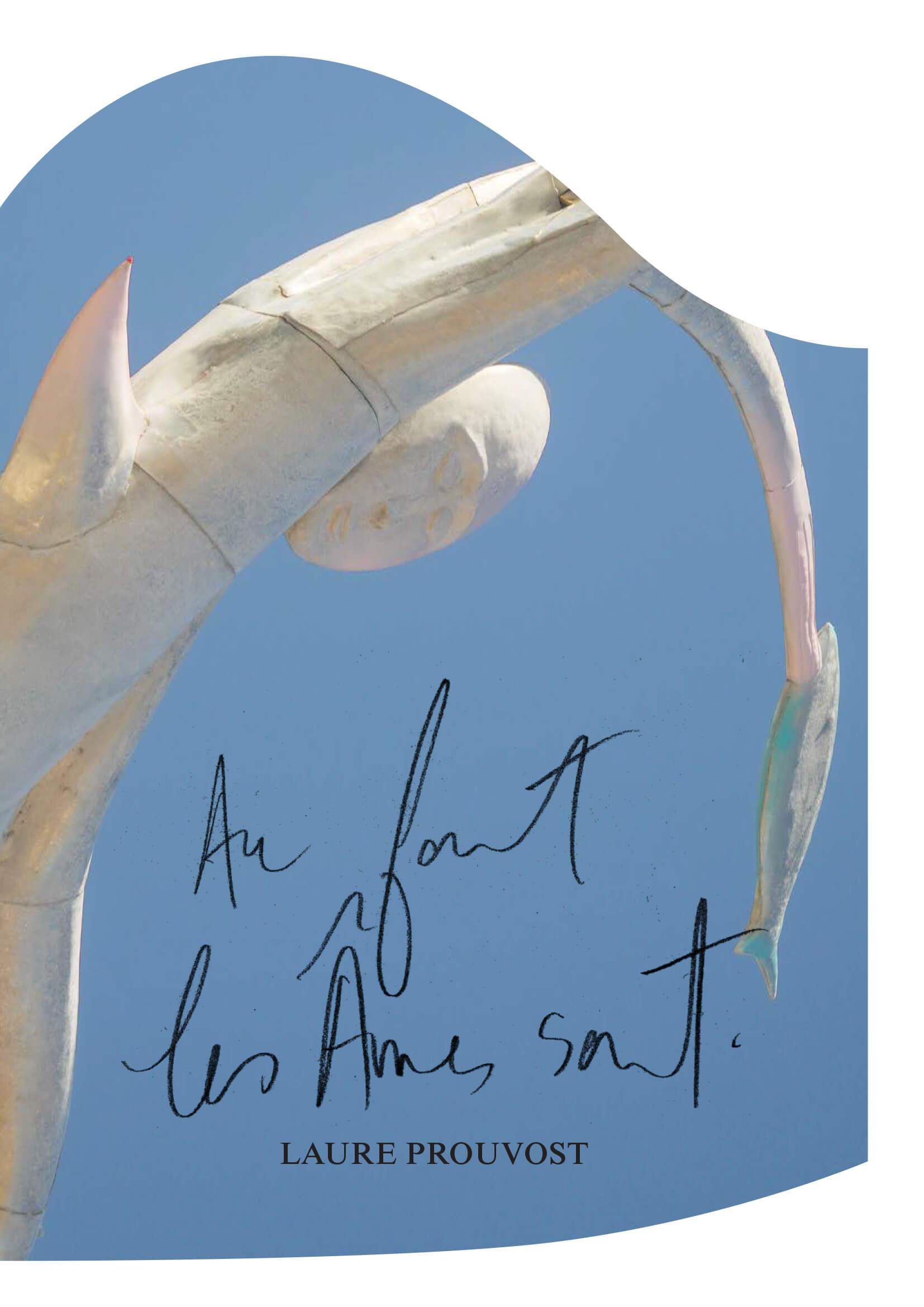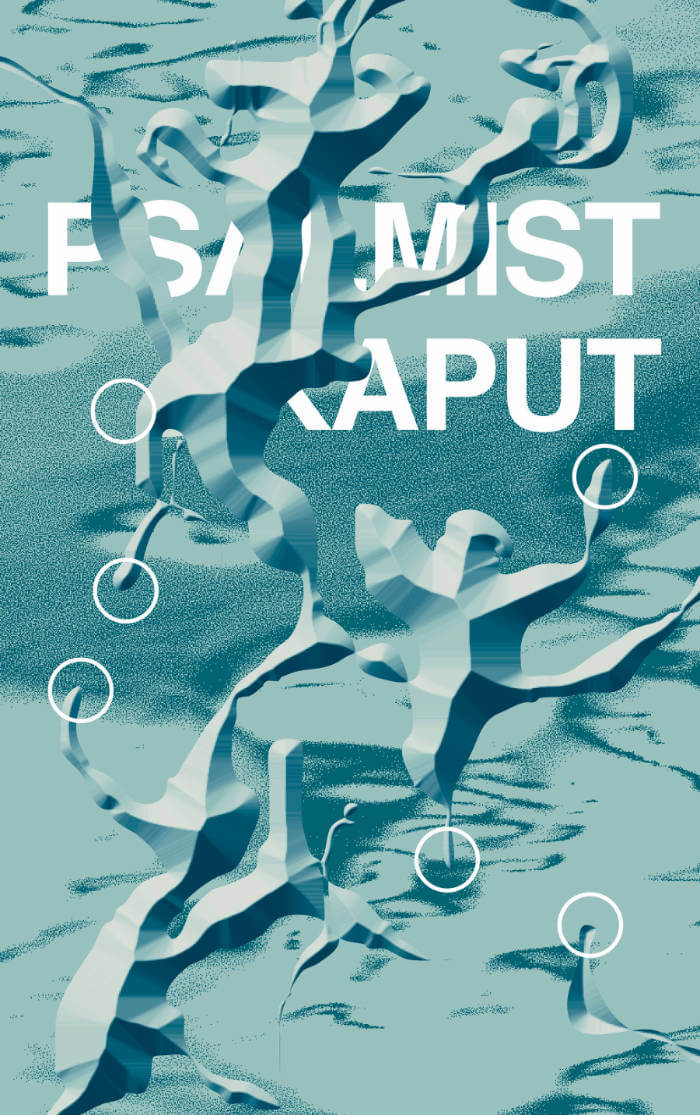
Girls Against God Issue #2
In collaboration with cross-disciplinary artist Bianca Casady of music duo CocoRosie, 2013 brought the release of a new print magazine entitled Girls Against God (GAG). A boldly feminist exploration and multi-generational endeavor, GAG deploys the arts to illuminate the oppressive, obsolete nature of traditional, male-defined religions and other patriarchal institutions—“We must resist and reinvent,” Casady declares.
The second issue of GAG—a pocket book of practical magic—investigates and celebrates spiritual healing, instinctually tying together the earth and women’s bodies. Through essays, fiction, poetry, interviews and spells GAG Issue 2 delves into the roots of occult earth wisdom passed through generations of women against persecution and patriarchy. Texts are accompanied by rich black and white images ranging from pen and ink illustrations to enigmatic photography. The issue gathers around a collaborative photographic exploration between Casady and performance artist Melanie Bonajo entitled “Witchunt,” and also includes interviews with notable artists Carollee Schneemann and Suzanne Lacy
Issue #2—Melanie Bonajo / Eve Bradford / Trinie Dalton / Karolina Daria Flora / Mary Hanlon / Julie Higonnet / J.ZarA / Emely Neu / Kara L. Rooney / Jean Marc Ruellan / Minka Sicklinger / Macho Mel Shimkovitz
Language: English







